Inverter KW Classification
Welcome to our dedicated page for Inverter KW Classification! Here, we have carefully selected a range of videos and relevant information about Inverter KW Classification, tailored to meet your interests and needs. Our services include high-quality home solar systems, photovoltaic panels, and advanced inverters, designed to serve a global audience across diverse regions.
We proudly serve a global community of customers, with a strong presence in over 20 countries worldwide—including but not limited to the United States, Canada, Mexico, Brazil, the United Kingdom, France, Germany, Italy, Spain, the Netherlands, Australia, India, Japan, South Korea, China, Russia, South Africa, Egypt, Turkey, and Saudi Arabia.
Wherever you are, we're here to provide you with reliable content and services related to Inverter KW Classification, including cutting-edge home solar systems, advanced photovoltaic panels, and tailored solar energy solutions for a variety of applications. Whether you're looking for residential rooftop installations, commercial solar projects, or off-grid power solutions, we have a solution for every need. Explore and discover what we have to offer!
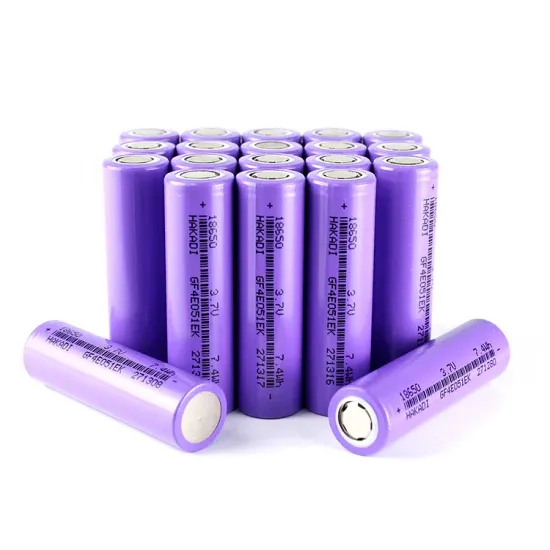
How To Read And Interpret An Inverter Specification
Wattage can be divided into two categories: continuous wattage and peak or surge wattage. Continuous wattage is power that can be used stably for a long time, while peak or surge
WhatsApp Chat
Solar inverter
Solar inverters may be classified into four broad types: [2] Stand-alone inverters, used in stand-alone power systems where the inverter draws its DC energy
WhatsApp Chat
How To Read And Interpret An Inverter Specification
Wattage can be divided into two categories: continuous wattage and peak or surge wattage. Continuous wattage is power that can be used stably for a long
WhatsApp Chat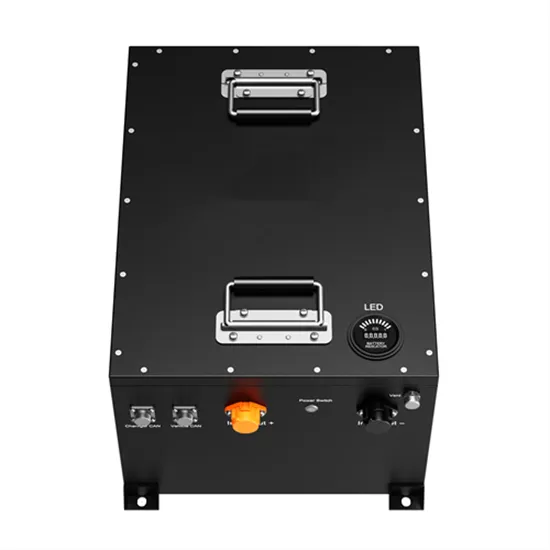
Inverter Specifications and Data Sheet
The article provides an overview of inverter functions, key specifications, and common features found in inverter systems, along with an example of power calculations and inverter
WhatsApp Chat
Inverter Types and Classification PDF
There are three main types: stand-alone inverters which supply power off-grid, grid-connected inverters which are most common, and bimodal inverters
WhatsApp Chat
What is the Difference Between a 1kW, 3kW, and 5kW Inverter?
A 1kW inverter is best for smaller homes or light loads, a 3kW inverter fits medium-sized households or businesses with moderate energy needs, and a 5kW inverter is intended for
WhatsApp Chat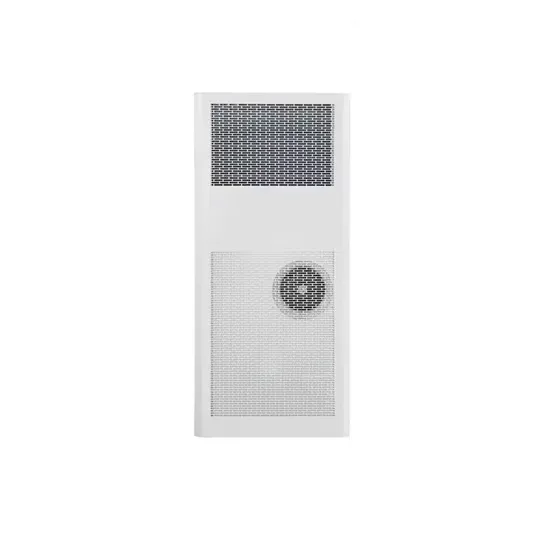
Inverter Classification|Home Energy Storage
According to different standards, inverters can be divided into a variety of types, the following will be classified from several main aspects. Inverters can be divided into single-phase inverters
WhatsApp Chat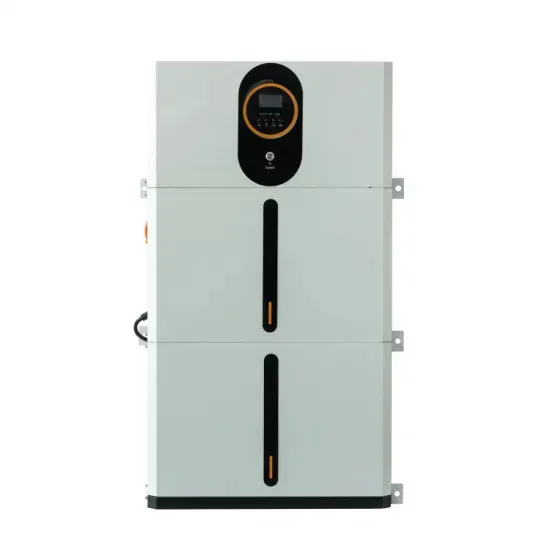
Inverter Specifications and Data Sheet
What do kW and kVA mean in inverter specifications? kW refers to the real or usable power output of an inverter. kVA represents the total power capacity it
WhatsApp Chat
Energy efficiency classes for IEC motors
The aim of the new efficiency classifications as per IEC 60034-30-1 was the global standardization of regulations in order to enable international comparisons and to facilitate the certification of
WhatsApp Chat
Shop Products
Difference Between An Inverter & A Converter Basically, a converter takes AC and changes it to DC, while an inverter does the opposite - it takes DC and changes it to AC (in this way, an
WhatsApp Chat
Re-defining the utility-scale inverter
Solution at a glance Far more than an inverter, the Conext SmartGenTM is the new paradigm for large-scale renewable power installations. It combines the best in power
WhatsApp Chat
Different Types of Inverters and Their Applications
According to the output characteristic of an inverter, there can be three different types of inverters. These power inverter types differ in their output quality, cost, and suitable
WhatsApp Chat
Methods of photovoltaic fault detection and classification: A review
Photovoltaic (PV) fault detection and classification are essential in maintaining the reliability of the PV system (PVS). Various faults may occur in
WhatsApp Chat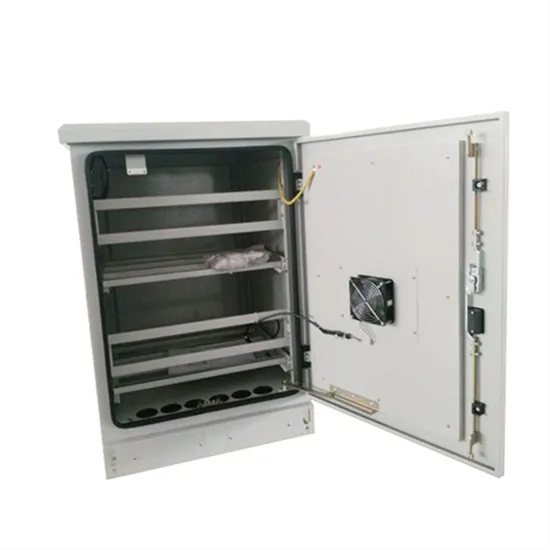
Classification and characteristics of inverters for
In order to facilitate the selection of inverters for photovoltaic power generation, here we first classify the different output AC voltage
WhatsApp Chat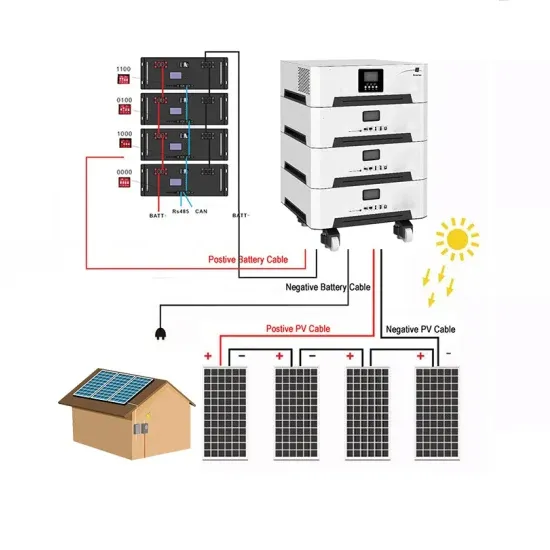
Inverter types and classification | AE 868: Commercial Solar
Now that we understand why we need an inverter for PV systems, it is time to introduce the different types of inverters that exist in the market and discover the advantages and
WhatsApp Chat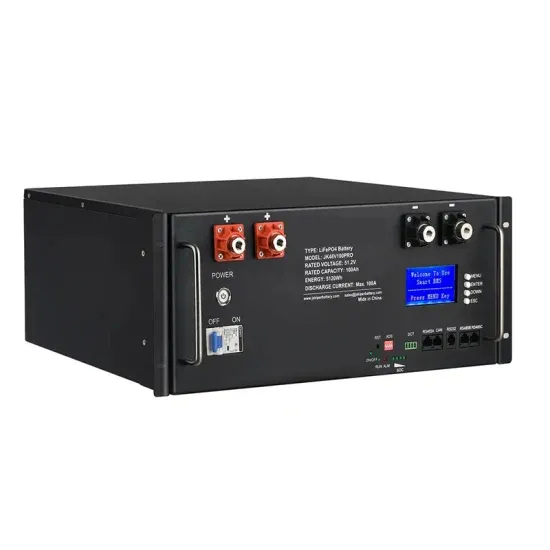
Inverter Types and Classification PDF
There are three main types: stand-alone inverters which supply power off-grid, grid-connected inverters which are most common, and bimodal inverters which can operate on- or off-grid.
WhatsApp Chat
Inverter Classification|Home Energy Storage
According to different standards, inverters can be divided into a variety of types, the following will be classified from several main aspects. Inverters can be
WhatsApp Chat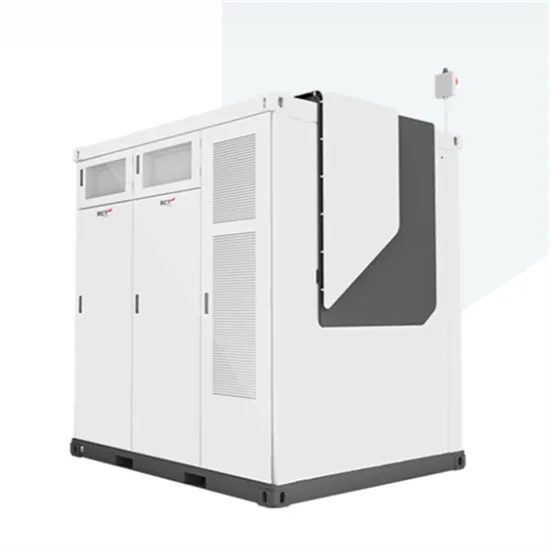
Classification and characteristics of inverters for photovoltaic
In order to facilitate the selection of inverters for photovoltaic power generation, here we first classify the different output AC voltage waveforms of the inverters, and briefly
WhatsApp Chat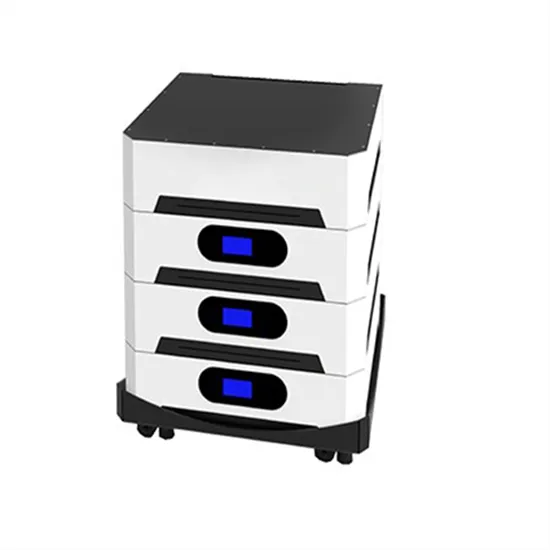
Solar Inverter Price In Pakistan 2025 (Updated)
Solar Inverters 2025 The solar inverter price in Pakistan varies depending on factors such as brand, capacity, features, and quality. On average, solar
WhatsApp Chat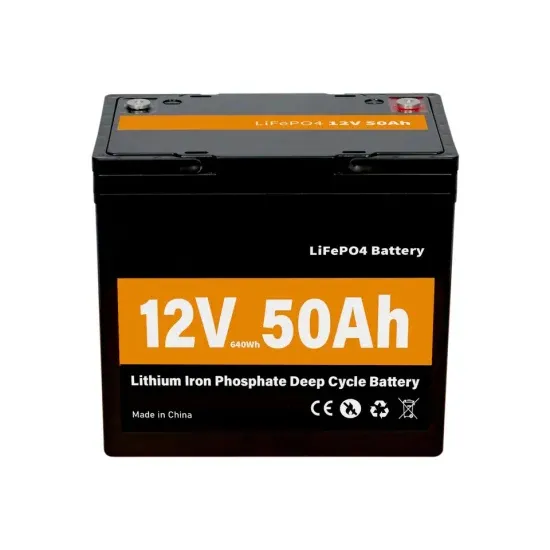
Critical review on various inverter topologies for PV
These PV inverters are further classified and analysed by a number of conversion stages, presence of transformer, and type of decoupling
WhatsApp Chat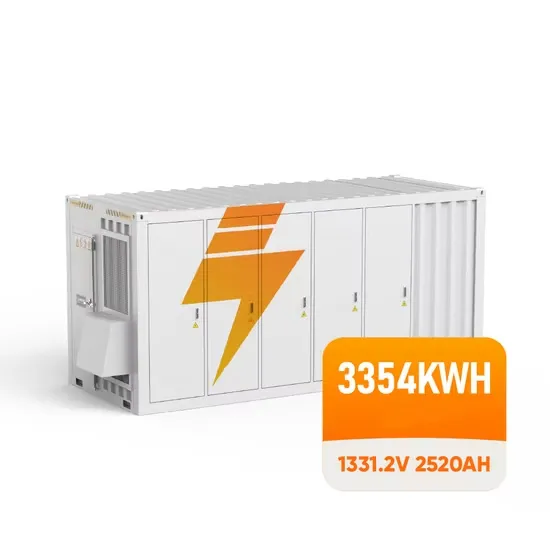
Critical review on various inverter topologies for PV
The paper is organised as follows: Section 2 illustrates the PV system topologies, Section 3 explains PV inverters, Section 4 discusses PV
WhatsApp Chat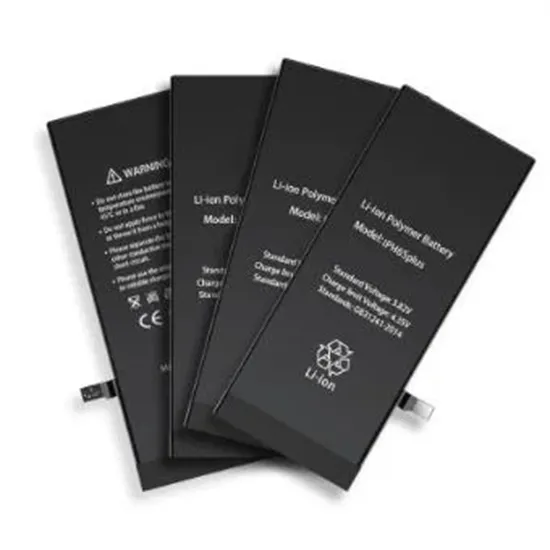
Solar Inverter Comparison Chart
Solar Inverter Comparison Chart Below is our detailed technical comparison of the most popular string solar inverters available in the Australian, European,
WhatsApp Chat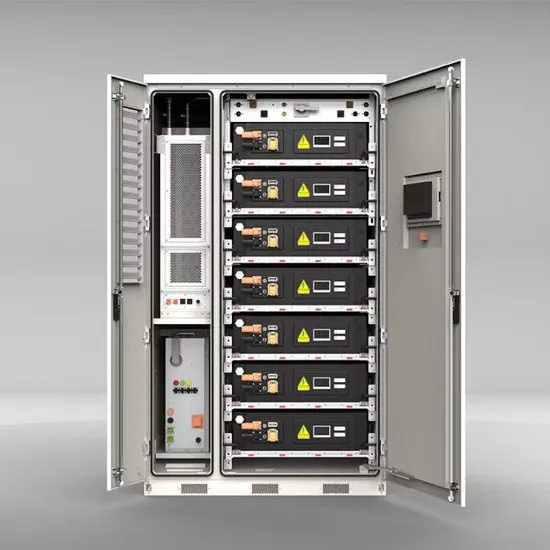
Different Types of Inverters and Their Applications
According to the output characteristic of an inverter, there can be three different types of inverters. These power inverter types differ in their
WhatsApp Chat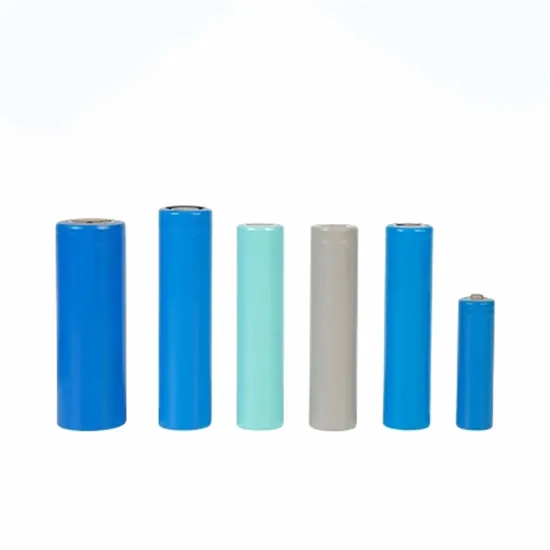
Solar Inverters and power solutions | Schneider Electric
Discover Solar inverters and solar power solutions from Schneider Electric. Our green solar business provides the complete solution for the solar power
WhatsApp Chat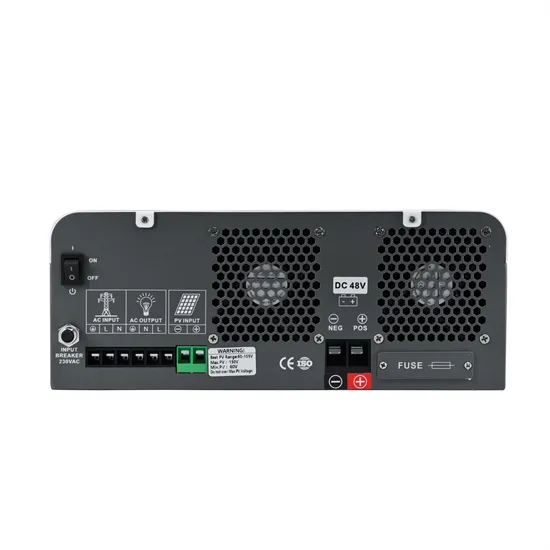
Types of Inverters
In the dynamic world of strength electronics, inverters play an important position in changing direct Current (DC) into alternating Current
WhatsApp Chat
What is an acceptable DC/AC ratio ? : r/solar
Signed a contract with the local installer for a 6 Kw system size using solar edge 6000H inverters and URE 400W panels ; the contract states that my system is supposed to be generating ~9.1
WhatsApp Chat
Inverter Types and Classification PDF
This document discusses different types of inverters used in photovoltaic systems based on their size and configuration. There are three main types: stand-alone
WhatsApp Chat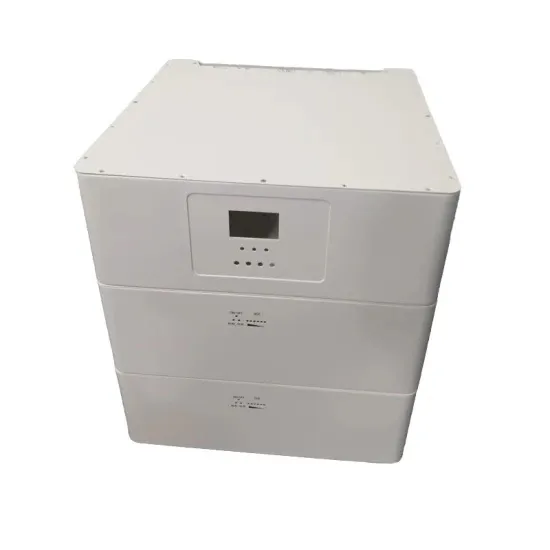
Inverter Basics: Classification and Applications
Learn about the Inverter Basics in this article. Find what is an inverter, their types and applications in power system and industry.
WhatsApp Chat
Understanding Inverter Power Ratings: kW vs kVA Explained
What do kW and kVA mean in inverter specifications? kW refers to the real or usable power output of an inverter. kVA represents the total power capacity it can carry, including power lost
WhatsApp ChatFAQs 6
How many types of power inverters are there?
According to the output characteristic of an inverter, there can be three different types of inverters. These power inverter types differ in their output quality, cost, and suitable applications.
How do you classify an inverter based on its power output?
Using the CEC efficiency, the input power to the inverter must be PIN=POUT/CEC Efficiency=3,300 W/0.945=3,492 W Inverters can be classed according to their power output. The following information is not set in stone, but it gives you an idea of the classifications and general power ranges associated with them.
What is a power inverter?
Power inverters are fundamental devices for power electronics that convert DC (Direct Current) into AC (Alternating Current). There are many types of power inverters specific for use in residential, commercial, and industrial systems.
What are inverter specifications?
Specifications provide the values of operating parameters for a given inverter. Common specifications are discussed below. Some or all of the specifications usually appear on the inverter data sheet. Maximum AC output power This is the maximum power the inverter can supply to a load on a steady basis at a specified output voltage.
How much power does an inverter need?
It’s important to note what this means: In order for an inverter to put out the rated amount of power, it will need to have a power input that exceeds the output. For example, an inverter with a rated output power of 5,000 W and a peak efficiency of 95% requires an input power of 5,263 W to operate at full power.
What is the difference between kW and kVA?
kW refers to the real or usable power output of an inverter. kVA represents the total power capacity it can carry, including power lost in phase difference (reactive power). For example, an inverter rated at 10 kVA with a power factor of 0.8 can only deliver 8 kW of real power.
Related reading topics
- Which is better Indonesia 5G base station or communication
- Solar Energy Storage Company
- BESS price of photovoltaic panels in Yemen
- Battery types for energy storage
- Tajikistan energy-saving new energy photovoltaic energy storage
- Reasons for high electricity charges for communication base stations
- Advantages and Disadvantages of Vanadium Batteries for Home Energy Storage
- Uzbekistan wind hybrid power station
- Industrial pack batteries
- Completed energy storage project in Vietnam
- Effective power generation time of photovoltaic panels in Georgia in one year
- Professional BMS battery management system function introduction
- South Africa s photovoltaic projects need to be equipped with energy storage
- Communication Base Station Inverter Technology Company
- Turkmenistan energy storage vehicle equipment manufacturer
- BYD 200kw energy storage inverter
- Hungarian energy storage system lithium battery

